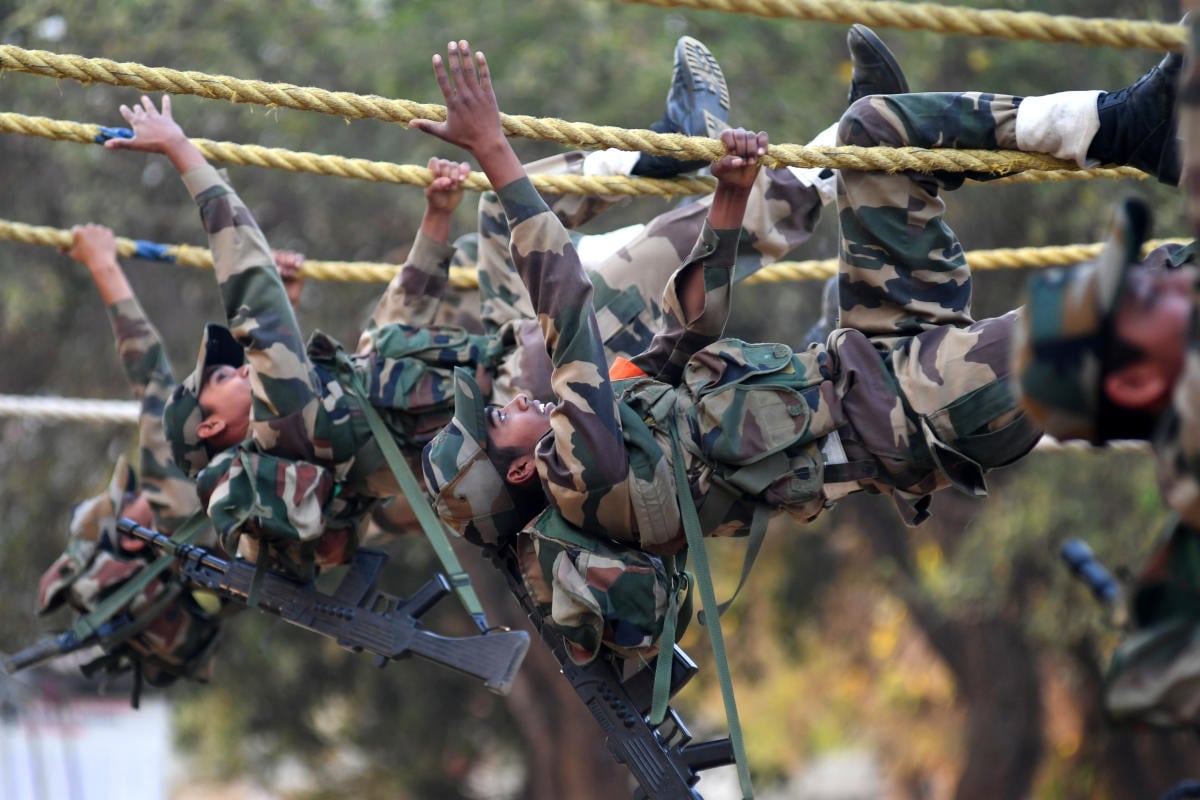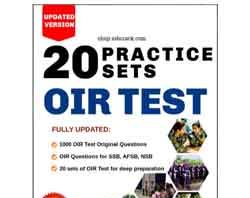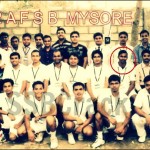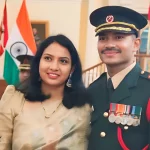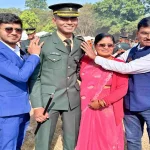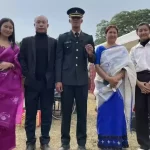Screening happens in stage-1 testing of SSB interview, screening consists of intelligence test and PPDT. Intelligence tests consist of verbal and non-verbal tests, on the other hand, PPDT know as picture perception and discussion test which includes story writing and group discussion.
Here we are talking about the different types of questions that come in intelligence test verbal ability. A few common types of intelligence tests, generally used by the Selection Boards, are illustrated hereunder:
Read: 10 reasons why you are screened out from SSB
Type of Question in Verbal Ability:
- Completion of Series: In this type, a series is given in which a word, letter, a figure or digit is missing somewhere in between or at the end and the candidate is required to insert it.
- Example 1: Find the missing, 3,7,11,15,__,__ Ans: ( write it in the comment box)
- Relationship of Analogy Tests: This is a mathematical type of exercise. There is certain type of relationship between two objects or ideas and bye establishing the same kind of relationship between the third and the fourth, the missing object or idea is to be provided.
- Example 1: Q1 Bird is to fly as man is to _______ Ans: (write it in the comment box)
- Example 2: Q2 Watch is to wrist as ring is to ______ Ans: (write it in the comment box)
- Relationship Test: There is a certain relationship between the pairs of words.
- Example 1: Write the number of the two word which have the relationship as tailor and clothes. (1) Cobbler (2) Doctor (3) Medicine (4) Shoes Ans: (write it in the comment box)
- Jumbled Spelling Test: In this type of test, jumbled spelling of common words are given. The candidate is required to think out the correct work. Sometimes a hint about the nature of the word is also provided.
- Example 1: Which choice mentions the last letter of the word rearranged from the following jumbled spelling: Q: COYEKH is an outdoor game. Options: Q,X,Y,H.
- Coding and Decoding Test: In these tests, number, letters of alphabet do not stand for themselves but for some other letters, i.e., they have an artificial code value. These artificial or code values are given according to some set principle. By applying that principle the candidates can decode a coded word or number.
- Example 1: If HKTG means Fire, what does YCVGT mean ?
- Example 2: If 3=0, 4=4, 5=10, 6=18 then 7=?
- Multiple Choice or Best Reason Test: In this case a question or an incomplete statement is followed by many possible alternative choices as answers and candidates are required to select the more appropriate choice that completes the statement or answers the question.
- Example 1: Delhi is famous because (a) It is very neat city (b) It is the capital of India (c) The President and PM live in it.
- Same Class Test: In this type of test, a group of words is given. Some of these words belong to one particular class but one ore more words do not belong to that class.
- Example 1: Write the number of object which is different from the other objects in the following collection: (a) Teacher, (b) Professor, (c) Student, (d) Head Master, (e) Principal.
- Synonym Test: In this type, pairs of words with the same meaning are given. But a certain pair of such that the meaning of the two words in the pair is not the same. Candidates are required to pick it out and write the number of that pair.
- Example 1: Write the number of the pair, the words which do not have the same type of meaning as the others. (a) Agony and Pain, (b) Danger and Risk, (c) Freedom and Bondage, (4) Integrity and Honesty.
- Antonym Test: In this type some pairs of words have opposite meaning but a certain pair of a different nature. Candidates are required to pick out the same.
- Example 1: Write the number if the pair, the words of which have a relationship different from the other pairs. (a) Compulsory, Voluntary, (b) Help, Obstruction, (c) Excess, Surplus, (4) Food, Famine.
- Direction Sense Test: In this type of test, the candidates are required to make use of a keen sense of direction and remember the distance covered in each direction.
- Example 1: If you start from point A and walk 4 miles towards the east, then turn left and walk 3 miles towards the north, turn left again and walk 2 miles, which choice mentions the direction in which you are going? (a) North, (b) East, (c) South, (d) West.
- Common Sense Test: In these type of tests, the candidates are required to make use of their common sense only. Alternative choices for suitable or probable answer may or may not be provided in this type of test. Candidates have to draw upon their own past experience.
- Example 1: 3 years ago, Lakshmi was 5 years older than Sita. What is the difference between their ages today?
- Sequence Test: In this type, one is required to concentrate on correct sequence of days of the week, months of the year, sequence of words in the dictionary or sequence of letters of alphabets, etc, etc.
- Example 1: If fifth of the month falls two days after Monday, what day of the week will precede the 19th of the month.
- Blood Relationship Tests: One is required to have fair knowledge of blood relations.
- Example 1: X and Y are children of Z. Z is the father of X but Y is not the son of Z. What is Y to Z?
- Jumbled Sentences Tests: In this type the words forming a sentences are jumbled up and candidates are required to rearrange these to form a sensible sentence.
- Example 1: Rearrange the following jumbled words to form sensible sentences. (a) All animals are animals but all cats are not cats.
- Confusing Instructions Tests: Questions of this type are simple to solve but instruction issued are confusing. The students are required to study the questions carefully and understand in which way the answer is to be expressed.
- Example 1: If 1/2 when added to 1/4 makes 3/4. Write “wrong” unless 3/4 when divide by 1/4 makes 1/3 in which case write ‘right’
- Assigning Correct Mathematical Signs: Sometimes arithmetical questions involving addition, subtraction, division and multiplication are written but arithmetical sign are omitted . Candidates are required to insert these.
- Example 1: 24_5_4=9 .
- Word Building Tests: This type of test is meant to test the ability of students in word building. For example: forming new words by suffixing or prefixing new letters or taking off from or adding new letters to the body of words.
- Example 1: Think of a single letter which when prefixed to the following words forms new words: READ, RISK, OWL, RING, RIGHT.
- Supplying the missing figures:
- Example 1: Rupees – Paisa
**6 – *2 – x 7 _____________________________________ 6*57 – *4
Bottom Line:
After checking out these questions, you may think that the verbal ability test in an SSB interview is very easy, Yes it’s very easy indeed, all you need to do is time management. You may get 15 mins to complete 55- 60 questions. You can post the answers to the verbal sample questions mentioned above in the comment box below.
Also Check:

